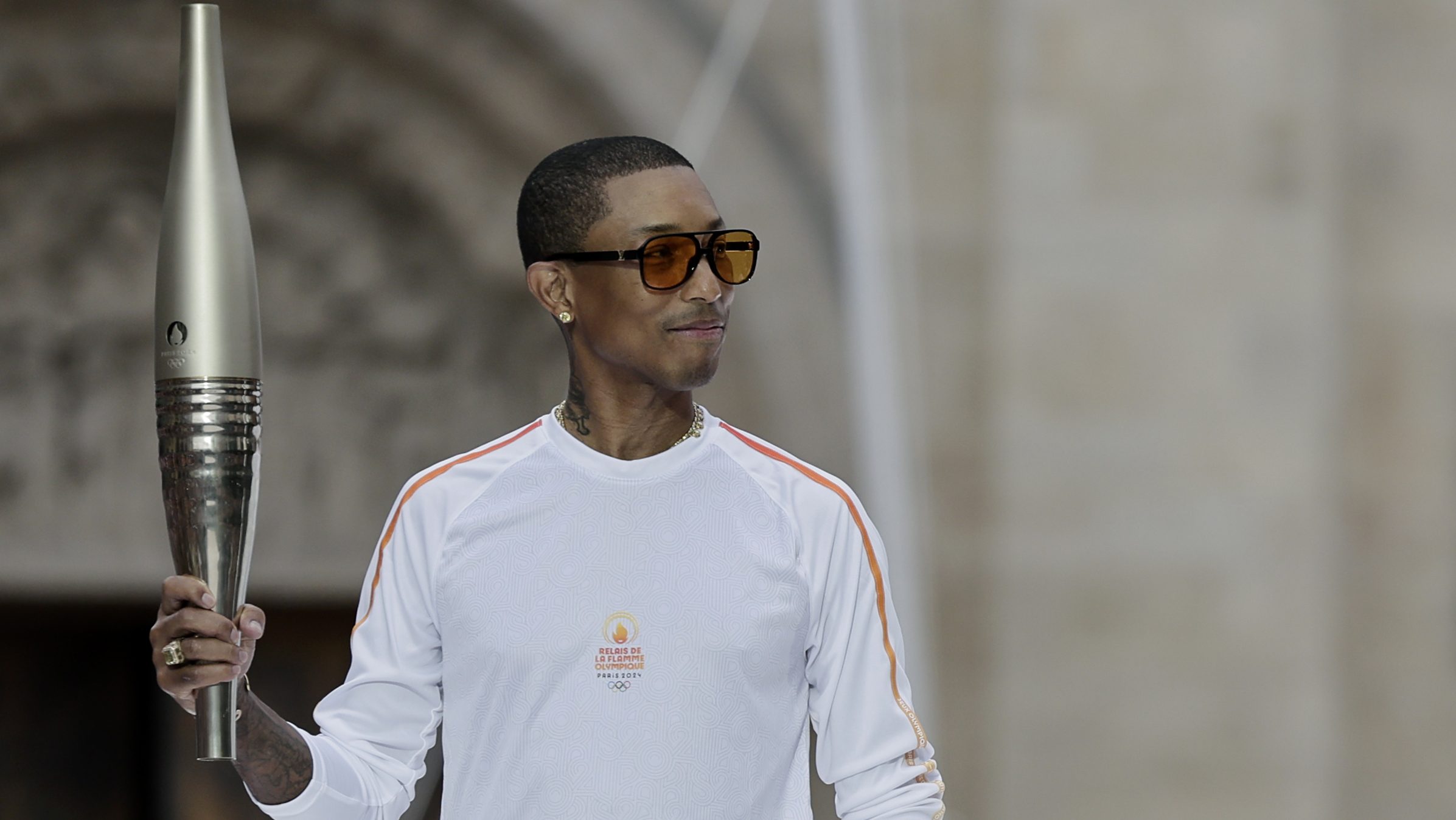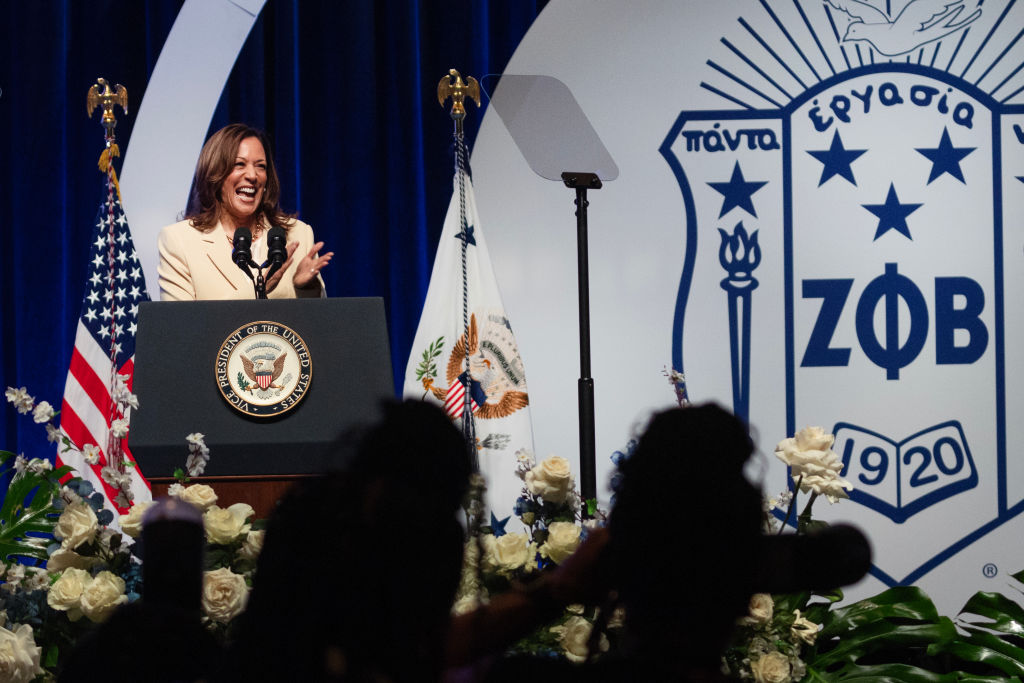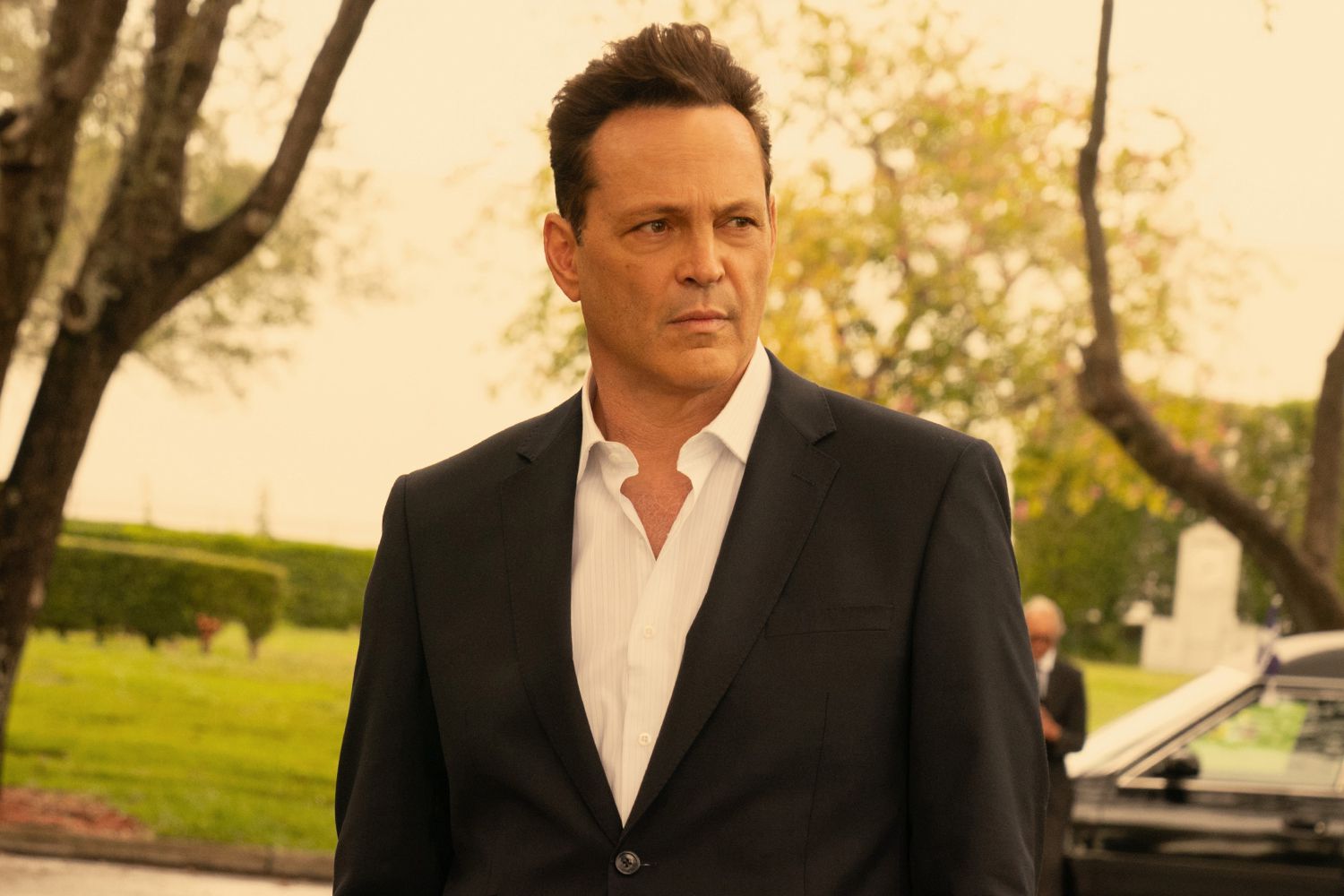How To Buy A Formula One Race Car
The world’s wildest racing machines can fetch anywhere from $1 to $30 million.
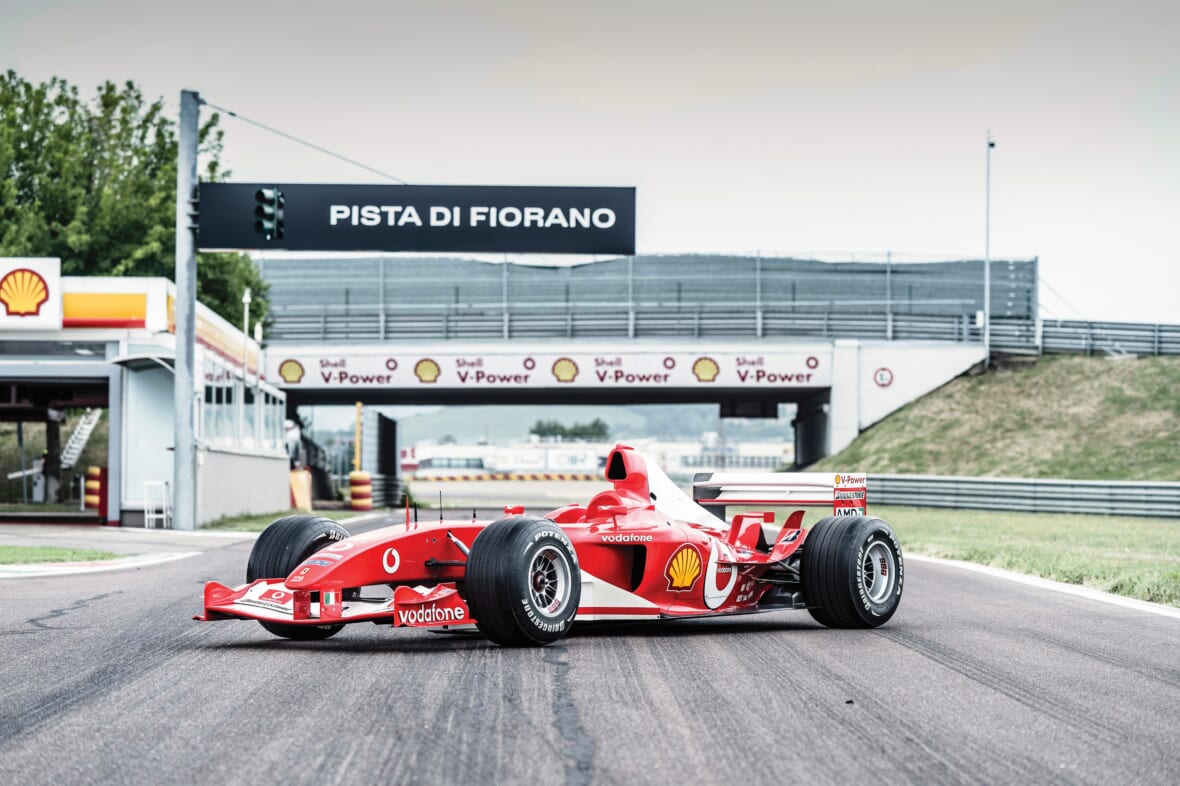
I want a road-registered Porsche 917 to blast through Europe. Stopping at every beach bar along the French and Italian Riviera, playing the hero à la Steve McQueen.
But some guys want even more than that. They want a Formula One car. That they can race. On a track. Against other fanatics who think they are Fangio, Hunt, Senna, Schumacher, Hamilton—rolled into one. So let’s take a look at this rarified sector of the car collecting community; because of course the truth is we all want one.
There was a time when buying and owning an F1 car was relatively inexpensive. Peter Haynes, a Consigning Specialist at the world’s top collector car auction house RM Sotheby’s, tells us that “the market for Formula One cars has traditionally been very niche, and a market where values haven’t always been commensurate with the historical significance of the cars.”
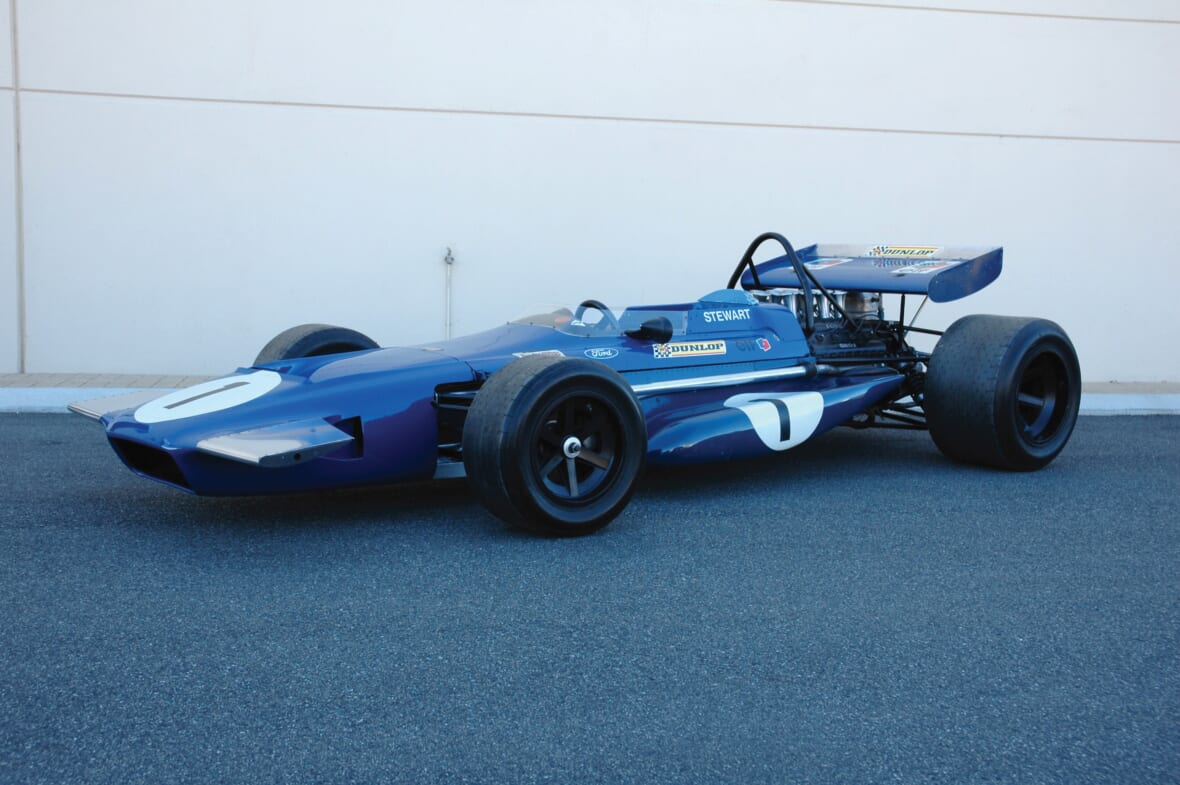
He points out that cars from the 1940s, ’50s and even the early ’60s are more commonly referred to as Grand Prix cars; technically the first Formula One race was at Silverstone in England in 1950.
“Although Formula One machines are exotic by any measure, cars from that earlier Grand Prix era have always been relatively easy to own and race because they are, at least by the standards of more modern machines, technologically simple,” he notes, “and there are many places where owners can race them.”
From the 1970s onwards however, “the cars became increasingly technical and aerodynamics began to play a significant part. By the late 1980s through to the modern day, these cars rapidly became computers on wheels with highly sophisticated engineering, electrical and hydraulic systems, sensors, and very advanced engines and transmissions.”
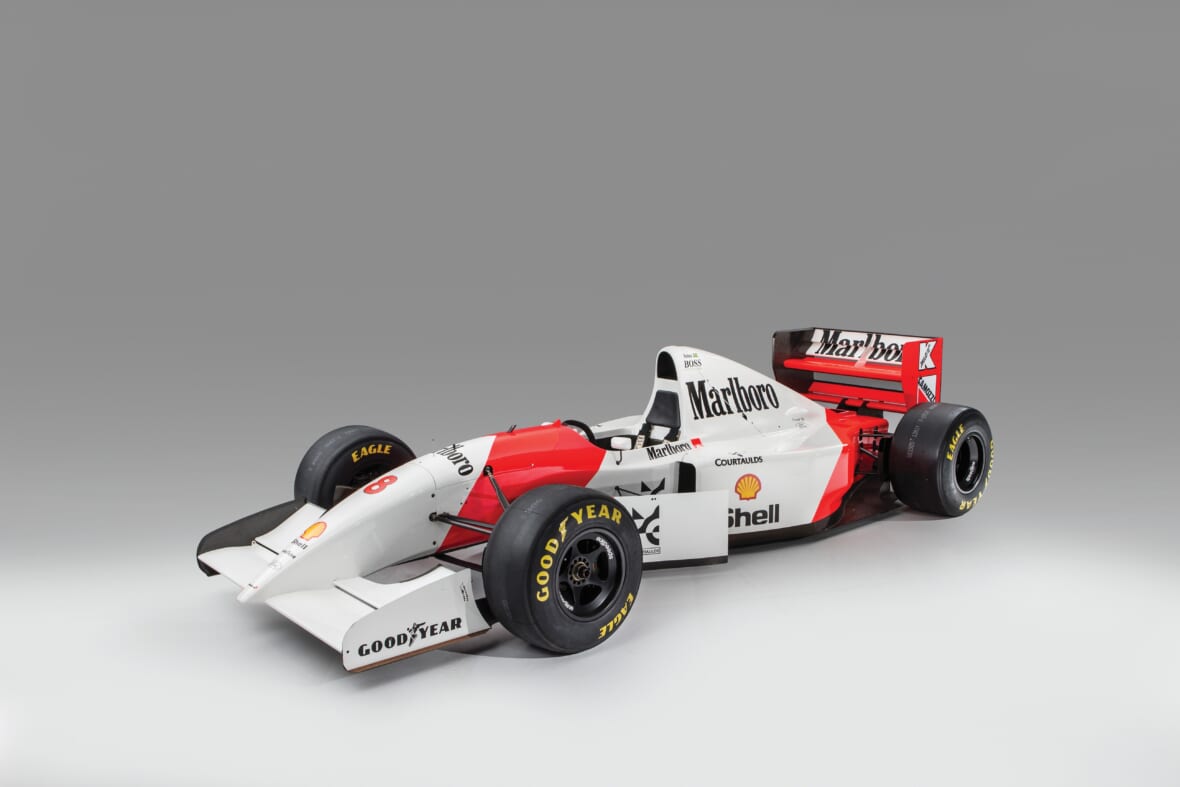
Hence, “cars of the past 30 years can be incredibly difficult to look after, maintain and run on a track,” he says, “so that has historically narrowed the buyer market. Add to that the fact that cars of the modern era have fewer grids in which they are eligible to compete in historic racing, and the market is further narrowed.
So, in short, earlier Grand Prix cars have had a wider market, and those cars which are widely regarded as beautiful to look at—a 1950s Maserati 250F for example—have historically commanded large sums. The big change in recent years is that modern-era F1 cars have begun to find their place in the market.”
This has come about thanks to collectors with very deep pockets who have the means to look after and maintain highly-technical modern cars, no matter the cost. In response to this, manufacturers like Ferrari, McLaren and Williams have all created divisions dedicated to offering the facilities and technical support necessary to look after F1 cars; think of this as the Ferrari FXX program on steroids.
There are also new racing grids and championships emerging where the cars are eligible. These factors have converged to make modern-era Formula One cars increasingly desirable, leading values in the past five years to increase significantly—possibly more than any other area of the car market.
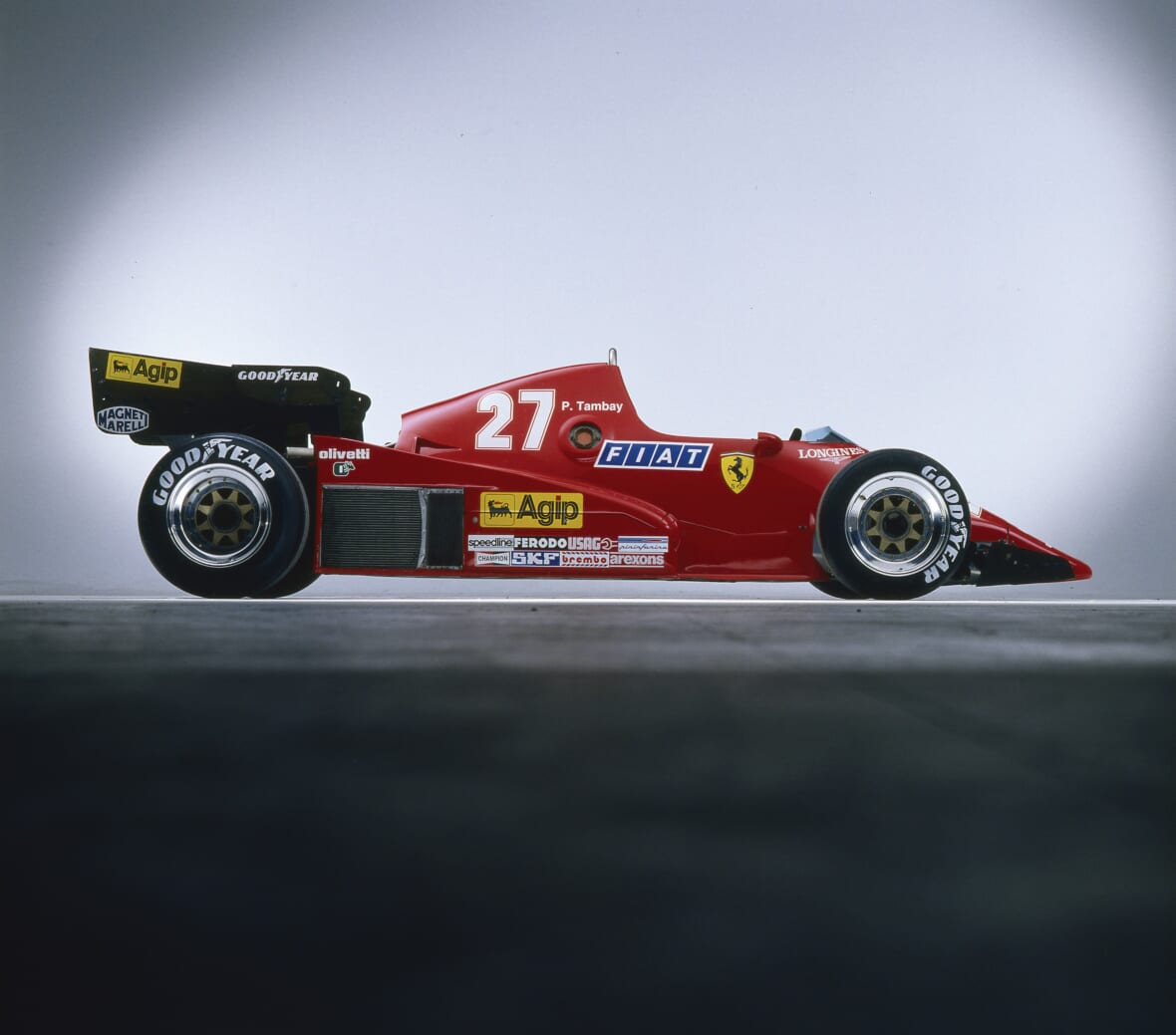
So, what to buy? This depends as much upon your personal preferences as your investment advisor’s indication of future returns. Hence it comes down to who your heroes are, and which teams you support, both in the narrow sense of actual teams and the broader sense of lifetime affiliations.
Brits love Aston Martin, Williams, McLaren and all early tinkerers who made it from weekend warrior to serious business. As well as some who didn’t, like Lotus, Hesketh, Brabham and their ilk. Germans may prefer Mercedes. The French Renault. The Japanese Honda. If you were a smoker back in the day, perhaps anything with John Player Special, Marlboro, Gitanes or Gauloises livery.
Then of course you had the characters driving. From death-defying pilots of flimsy missiles like Juan Manuel Fangio and Jim Clarke, through the playboy era of James Hunt, to modern-day heroes like Ayrton Senna, Michael Schumacher and, latterly, Lewis Hamilton.
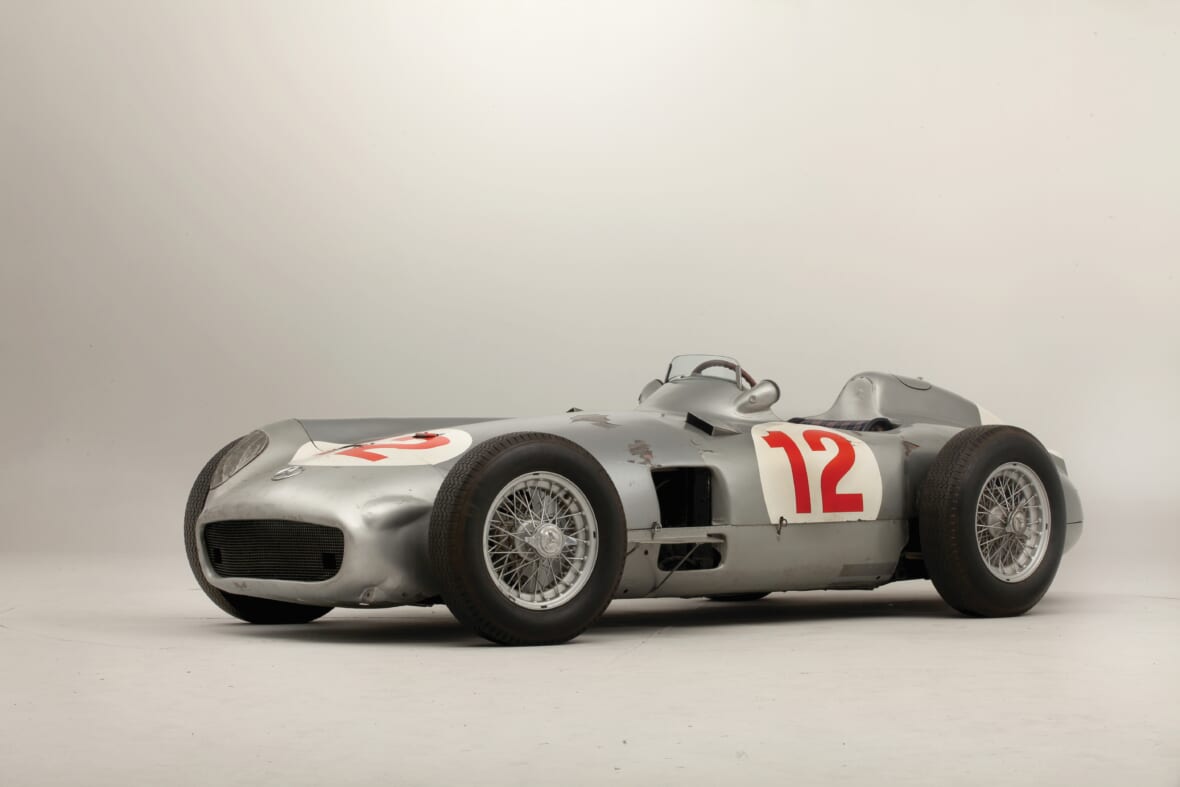
So what is it going to cost? RM Sotheby’s tells us that pricing depends on several factors: the manufacturer, with Ferrari leading the way; the driver, with Schumacher and Senna cars the holy grail; and finally, how many races the car has won and whether that was in a year in which the team or driver or both won the championship. And they tell us that things start to get interesting when you have somewhere between $1.5 million and $3 million to play with when acquiring your first F1 beauty.
Interestingly the most expensive Formula One car ever sold at auction is the 1954 Mercedes W196 (chassis #6) piloted to victory in Germany and Switzerland by Argentina’s Juan Manuel Fangio. Bonhams sold it at the Goodwood Festival of Speed in 2013 for a cool $29.7 million. Chasing that record are cars with impeccable pedigrees, constructed by the greatest manufacturers, and driven by the rockstars of their era.
Such jewels as the 1993 McLaren MP4/8A Ayrton Senna drove to his record sixth and final victory at the Monaco Grand Prix, the race which put this car into the history books. It was initially acquired by a collector directly from McLaren chief Ron Dennis in 2006 when it reportedly became the first-ever privately-owned McLaren MP4. By the time it changed hands again in 2018 at a Bonhams sale in Monaco it went for over $4 million.
Not to be outdone, in 2021 RM Sotheby’s was the first to ever auction an F1 car driven by Lewis Hamilton, a 2010 McLaren MP4- 25A, which carried him to victory at the Turkish Grand Prix in 2010. The Mercedes V8-powered machine, chassis #1, went for nearly $7 million.
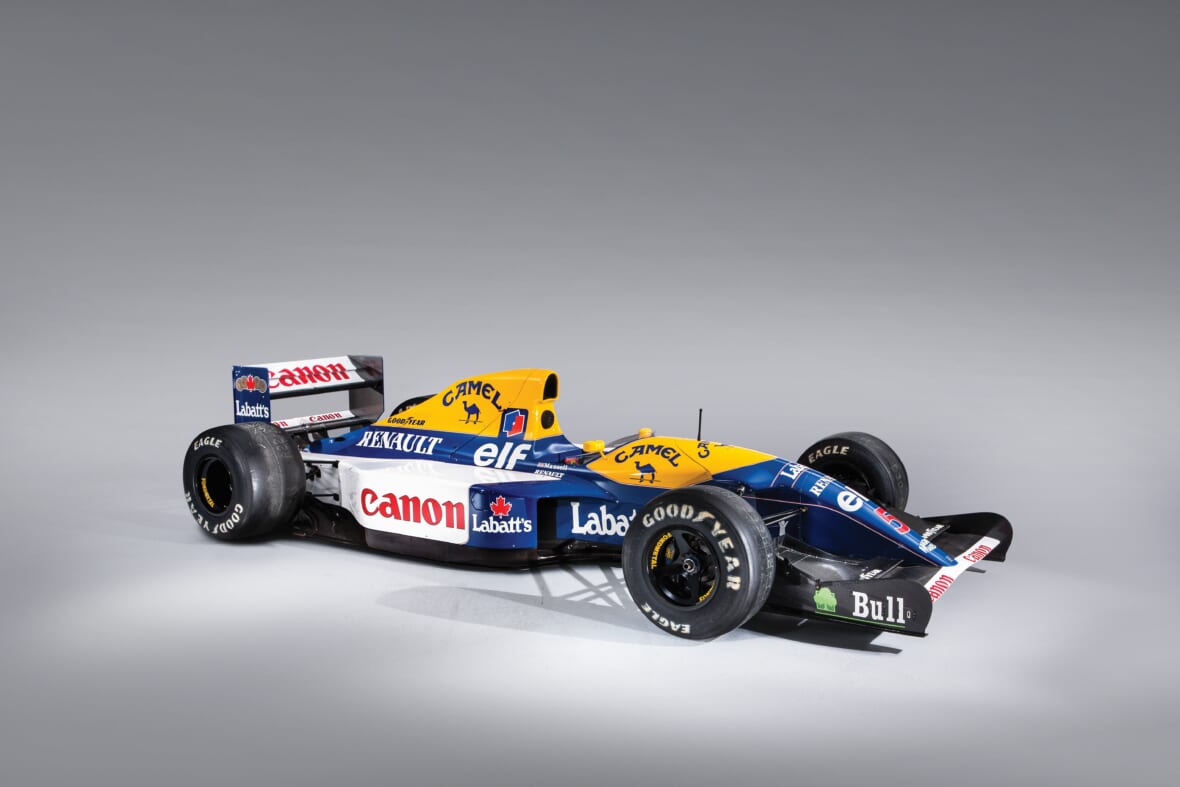
(Courtesy of Bonhams)
A favorite in recent years is Nigel Mansell’s 1991 Williams FW14, chassis #5, which he piloted to five race wins that season, including the British Grand Prix at Silverstone. It was owned by Mansell until RM Sotheby’s auctioned it in Monaco in 2022—without its V10 Renault engine which was removed at the end of the 1991 season. And it still brought in nearly $4.5 million.
Most recently in Geneva, Switzerland in November 2022 RM Sotheby’s smashed all previous records for a modern Formula One car when Michael Schumacher’s 2003 Ferrari F2003-GA driven to five race wins, two podiums, three pole positions and a sixth world championship, sold for $14.9 million, almost doubling the previous record for a modern Formula One car when Schumacher’s F2001 fetched $7.5 million in 2017.
When all is said and done though, I think alongside the Porsche 917 in the garage I’d get my hands on James Hunt’s 1974 308C Hesketh, which Lord Hesketh himself said represented “a belief in a kind of English genius.” Most recently sold in 2021 by car dealer Duncan Hamilton for a “high six-figure” sum, it may still be the steal of the bunch for provenance and lunchtime stories the next time it surfaces.
I’m imagining the grin now as I whip her around the Paul Ricard circuit in the South of France, James Hunt style. Glass of champagne in one hand, cigarette hanging out of my mouth, with the badge on my race overalls proclaiming “Sex, Breakfast of Champions”— and everyone else eating my dust.



